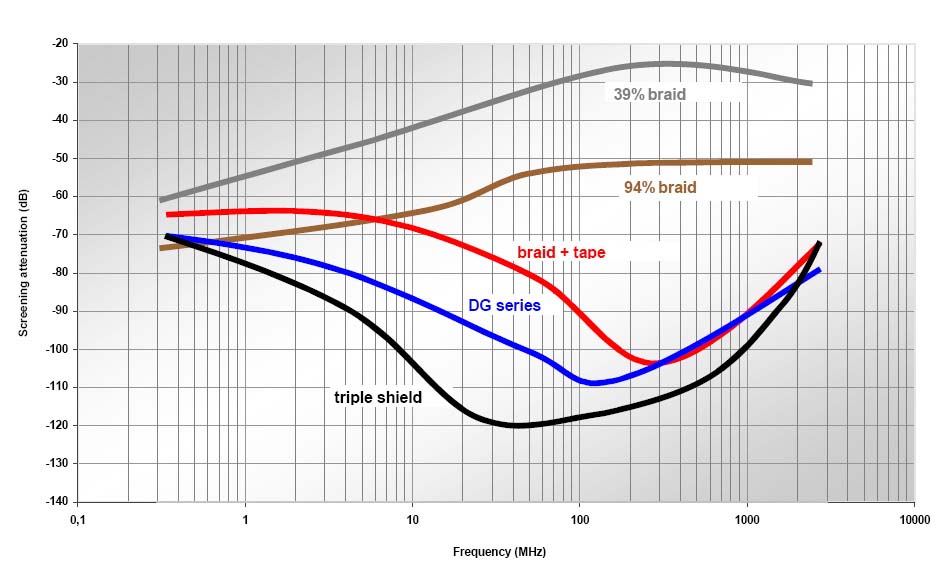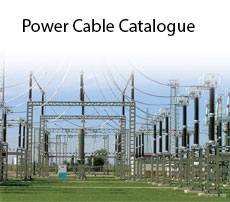صفحه Introduction to Coaxial Cables
1. General Application & Function
Coaxial cables are designed for providing the excellent properties of high band width, low loss signal attenuation and prevent signal leakage or interference in signal transmission.
The typical application of KCI coaxial cables include radio,community antenna TV , master antenna TV,closed- circuit TV and widespread use in local area networks(LANS), instrumental control systems, detector area,etc.
Choosing the best coaxial cable for a new application requires an understanding of the application and of the range of cables to choose from.
The best choice can only be arrived at by a careful evaluation of the performance and cost trade-offs.
Our in-depth expertise in all aspects of coaxial cable technology can help you to arrive at the best choice for your application.
In choosing the best coaxial cable for an application, the cable characteristics listed below should be considered. The following sections provide detailed discussions of each characteristic.
1- Characteristic Impedance (Also Impedance Uniformity )
2- Attenuation ( Also Attenuation Uniformity & Stability)
3- Shielding
4- Capacitance
5- Velocity of Propagation
6- Flexibility
7- Environmental Resistance Cable Strength
 |
|
2. Cable Construction |
 |
Construction Details
1-1 Inner Conductor (Material) : Plain Annealed Copper , Copper Clad Steel ,
Tinned Annealed copper , Silver Coated Copper
1-2 Inner Conductor : Solid,Stranded,Bunched
2- Dielectric (Material) : Extruded Solid PE ,Foam PE
3- Braid , Shield (Material) : Plain Annealed Copper , Tinned Annealed Copper , Silver Coated Copper
4- Jacket (Material) : PVC , PE (if required).
|
|
|
4. Screening attenuation
Screening attenuation is the capacity of the outer conductor of a coaxial cable to reduce the strength of electromagnetic signals coming from the external environment. |
 |
|
This parameter tells us by how much the interference signal has been reduced having passed through the outer conductor of the cable. For example, a cable with a screening effectiveness of 75 dB brings about a reduction quantifiable as approximately 5600-fold. With effectiveness of 90 dB, the reduction is 31600-fold. Cables with greater effectiveness (triple screened and 100 dB) can attenuate interference more than 100000-fold. |
 |
 |








